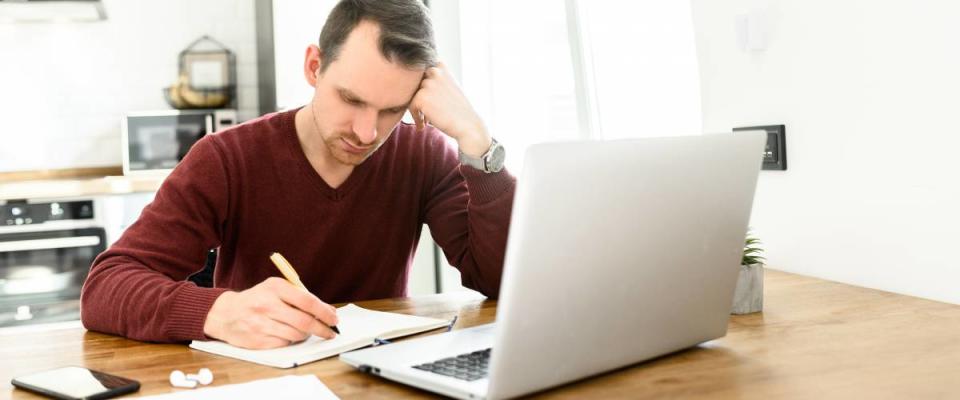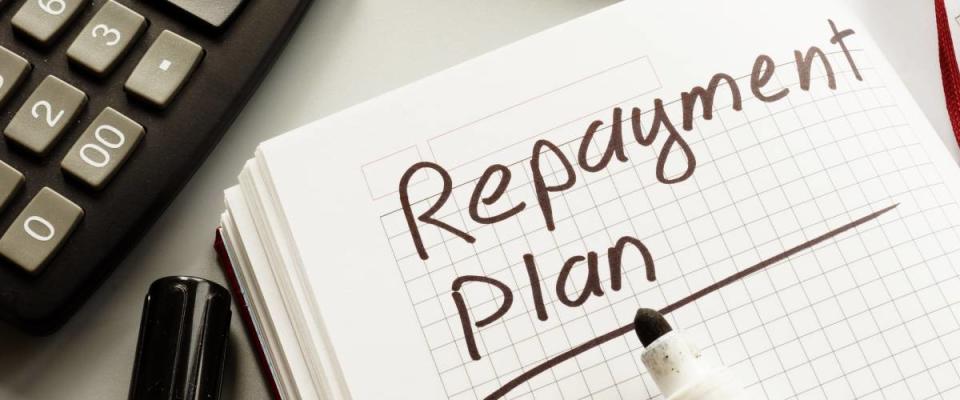How to shed some student loan debt fast — before payments restart

Americans have gotten a long break from federal student loan payments and interest during the COVID-19 pandemic — but the clock on that relief is scheduled to run out at the end of the month.
That leaves an estimated 40 million borrowers wondering if they’ll be on the hook for their student loans again once February arrives.
But, after U.S. Senate runoff elections in Georgia gave President-elect Joe Biden unexpected Democratic majorities in both the U.S. Senate and House, broader student loan relief could soon be on the table.
Putting loan repayment back on hold is just one possibility. During his campaign, Biden said he would forgive $10,000 of federal student loan debt per borrower as part of his economic recovery plan.
If you’ve got student loan debt, you should take steps now to clear out as much as you can, in case payments — and interest rates — return to pre-pandemic levels before new measures are passed.
Here are a few things you can do to help pay off your student loan debt faster.
Take your payments off ‘pause’

While it might be tempting to take advantage of these last weeks of the moratorium, making your regular payment — or paying more than you usually do — is a smart idea if you can afford it.
Since the interest rates on federal student loans are currently frozen at 0%, any payment you make now will go entirely toward the principal of your loan.
That means you’ll be able to take a much bigger chunk out of your debt than you normally would.
Keep in mind that if you’ve got private student loans you’re likely still responsible for your normal payments unless your lender has offered you a forbearance period.
Even then, your loan will be accruing interest, so you should continue to make your regular payments if possible.
Refinance private loans

If your student loans are from a private lender, you may be able to cut down your monthly cost by refinancing your loan into a lower rate.
Whether you qualify for refinancing will largely depend on your credit score and your current income.
If you’re not sure about your credit score, there are websites that will let you check it for free online and give you personalized tips on how to boost it if it’s not in great shape.
Even if you’ve lost your job due to the pandemic, you might still be eligible for a refi if you can demonstrate investment income or income from a side gig, or find a co-signer to back your application.
To get the best rate on a refinanced student loan, it’s important to shop around and compare quotes from multiple lenders.
Just remember that refinancing is not an option if you’ve got a federal student loan, and replacing a federal loan with a private loan will make you ineligible for any further loan relief measures from the government — that is, if they ever arrive.
Switch up your payment plan

You might be able to clear out your student loan debt faster by switching up your current payment plan.
Although an income-driven repayment plan can help to make your regular payments more affordable, switching to a standard repayment plan could help you become debt-free sooner — if you’re able to pay a bit more each month.
This option may not be right for everyone, especially for those struggling under current COVID-19 lockdowns.
Regardless of which payment plan you’re on, you should make sure to enroll in autopay if you’ve got a federal student loan.
Signing up for automatic deposits will qualify you for a quarter-point (0.25) interest rate reduction, which could be very helpful if rates return to their pre-COVID levels at the end of the year.

